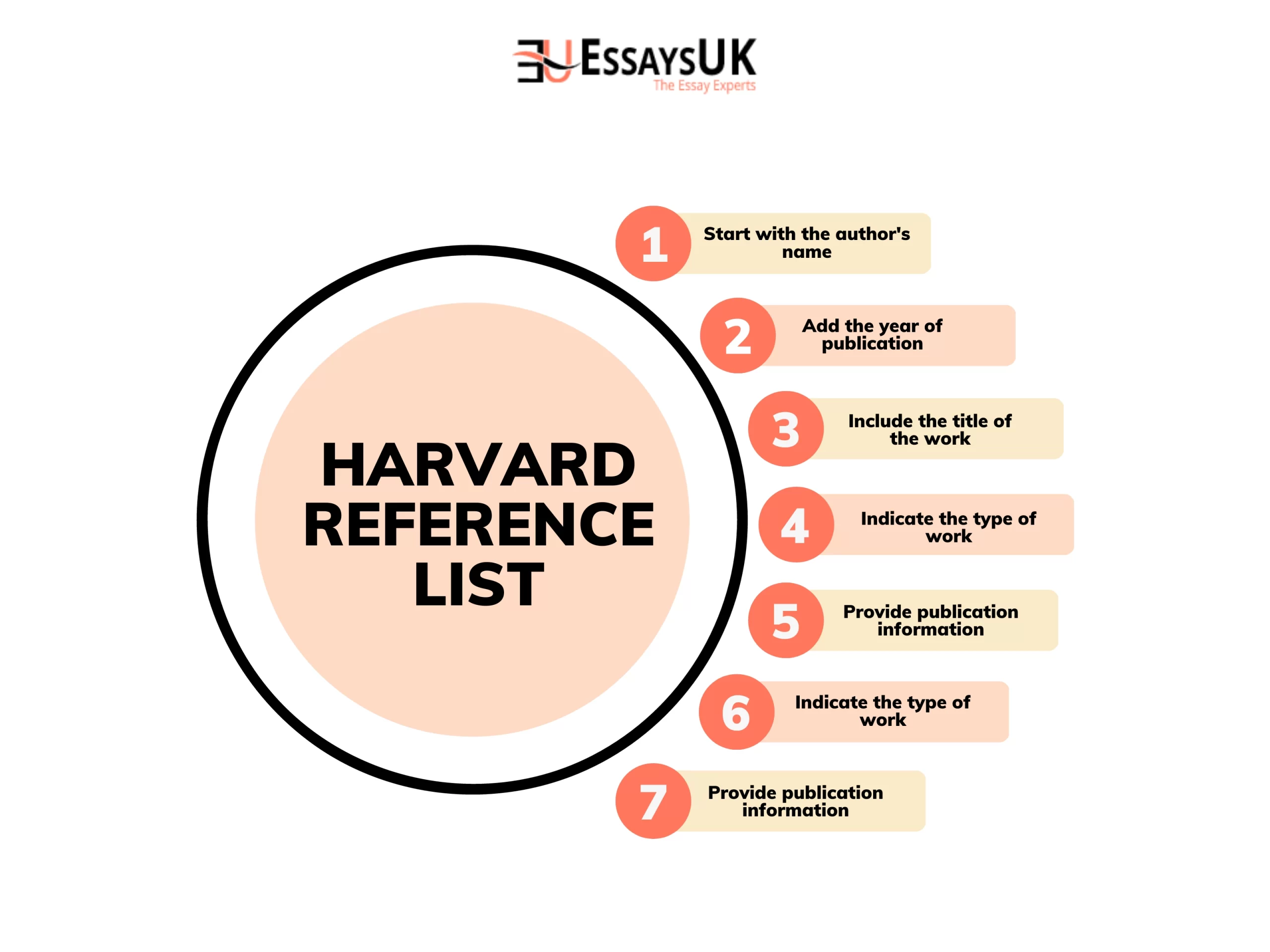A Beginner's Guide To Harvard Referencing
In academic writing, it is important to cite your sources so that the reader knows the context of your written work and can verify it accordingly. There are many different referencing styles present, including Harvard, MLA, APA, etc. The citation style you use depends on factors such as the requirements of your institution and subject.
What Is Harvard Referencing Style?
Before learning how to cite using the Harvard referencing style, let’s first dive into what Harvard referencing is. Harvard referencing style is a system for acknowledging the sources of information used in academic writing. It is also known as the author-date referencing style, as it requires the author's name and the publication date to be included in the citation. This referencing style is widely used in academic writing, particularly in social sciences, humanities, and natural sciences. The Harvard referencing style has a set of guidelines for formatting in-text citations, reference lists, Harvard referencing videos, and bibliographies. The Harvard referencing style aims to provide readers with accurate and complete information about the sources cited in a text, enabling them to locate and verify the information.Harvard In-Text Citations
The Harvard in-text citations come beside the source, in brackets or parenthesis. It contains the author’s last name, the publication year, and the page number. The standard Harvard in-text citation example is:(Kelly, 2023, p.4)
(Kelly, 2023, pp. 4-7)
Single Author
For a source written by a single author, the in-text citation should include the author's surname and the year of publication, separated by a comma.
For example:
According to (John, 2023), climate change is a major environmental threat.
Two Authors
For a source written by two authors, both surnames should be included in the in-text citation, separated by an ampersand (&).
For example:
Recent studies (John & Terry, 2015) have shown that exercise can improve mental health.
Three or More Authors
For a source written by three or more authors, only the first author's surname should be included in the in-text citation, followed by "et al." (meaning "and others").
For example:
The effects of sleep deprivation on cognitive function have been well documented (Mary et al., 2020).
Multiple Sources
If you cite multiple sources in the same sentence, list them alphabetically by author's surname, separated by semicolons. For example:
For example:
Several studies have suggested that meditation can reduce stress (Kelly, 2023; John & Terry, 2015; Mary et al., 2018).
No Author
If a source has no author, use the work's title in the in-text citation, followed by the year of publication.
For example:
(‘Harvard referencing style,’ 2020)
Electronic Sources
For electronic sources, such as websites or online articles, include the author's surname, the year of publication, and the specific page number or section, if available. Use the paragraph number instead if no page number or section is available.
For example:
According to a recent study (Jenna, 2019, para. 4), social media use can lead to increased feelings of loneliness.
Secondary Sources
If you are citing a source that you found within another source (a secondary source), including the original author's surname and the year of publication, followed by "as cited in" and the surname of the author of the secondary source, and the year of the secondary source.
For example:
According to Kelly (2010, as cited in Jenna, 2015), climate change is a major environmental threat.